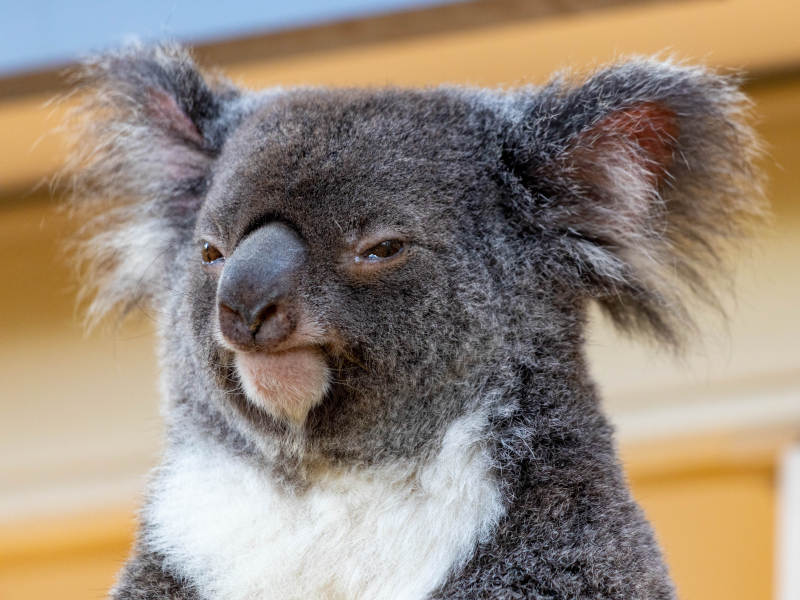The New South Wales government is seeking the help of local SMEs and researchers to count its vulnerable Koala population, with a new innovation challenge offering grants up to $1.1 million for cutting edge solutions like autonomous drones and thermal imaging.
Experts have warned Koalas could be extinct in New South Wales by 2050 after decades of rapid population decline, and criticised the state government for enabling huge amounts of land clearing.
Last month the New South Wales government unveiled a $193 million five-year package aimed at doubling the koala population. A separate two-year $28 million Small Business Innovation Research (SBIR) program in the budget will also look to address the problem by asking the market for innovative solutions to count the state’s koala population and manage the data.
The program is run by the state’s chief scientist, within new agency Invest NSW. It offers grants up to $1.1 million and ongoing government support for applicants from feasibility through to prototypes, with state procurement contracts also on offer for eventual winners.
Last week the state’s Telco Authority issued the first SBIR challenge, calling for non-terrestrial communication technology for emergency services.

On Monday, scientists from the New South Wales Department of Planning, Industry and Environment explained the second challenge of koala counting.
“What we need is really good information on baselines, really good information on the trends in our koala populations, and then we can use this information to determine how effective our conservation actions are to achieve this outcome [of doubling the population],” Department of Planning, Industry and Environment senior scientist Nicole Gallahar said.
Surveyors already use innovative methods to count koalas, including drones, thermal imaging and acoustic sampling alongside traditional tools like spotlighting. The government wants to improve the performance of these processes or make them more cost effective. But it will also consider new survey methods and data management and dashboard solutions.
“We’ll build on what we have but we need something that is not just technology based but also the method for applying that technology to our problems,” said Dr Gallahar.
She explained the solution should also be able to collect additional data like koala demographics, ecosystem data, and information on other threatened flora and fauna across New South Wales.
“Because we have lots of decreasing species and so we want to be able to roll this [solution] out and adapt it to others [species], other than koalas,” Dr Gallahar said.
The department suggested possible solutions to extend its Koala counting efforts, including fully autonomous drones, cloud based management of thermal imagery, more sophisticated acoustic monitoring to recognise individual koalas, and online dashboards to show population data in real time.
Five challenges have been defined under the SBIR program: connectivity, hyperlocal navigation, koala count, personal protective equipment, and water purification.
Applicants need to be small to medium enterprises employing less than 200 full time equivalent employees, or an individual, partnership or New South Wales public research organisation, provided they agree to form a company incorporated in Australia.
Applicants also need to hold the intellectual property or the rights to commercialise the proposed solution and have an ABN. Joint initiatives between eligible SMEs and research organisations are also encouraged.
Proposals will be assessed on technical suitability, commercial potential and ability to be delivered.
Applications for feasibility studies close on Monday 16 August 2021. The grants are competitive and not all applicants will progress to future stages.
Do you know more? Contact James Riley via Email.

